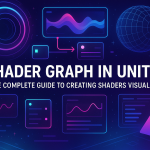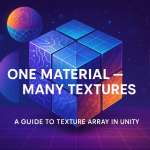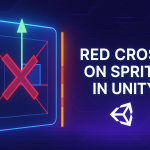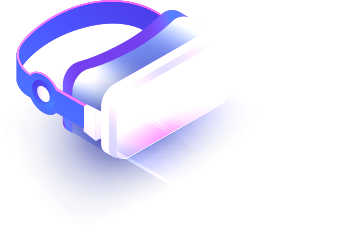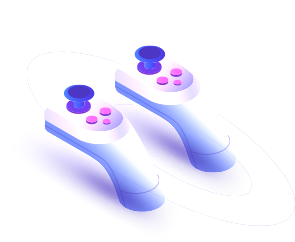Shaders in Unity: History, Basics, and Creating Realistic Effects
02 Sep 2025
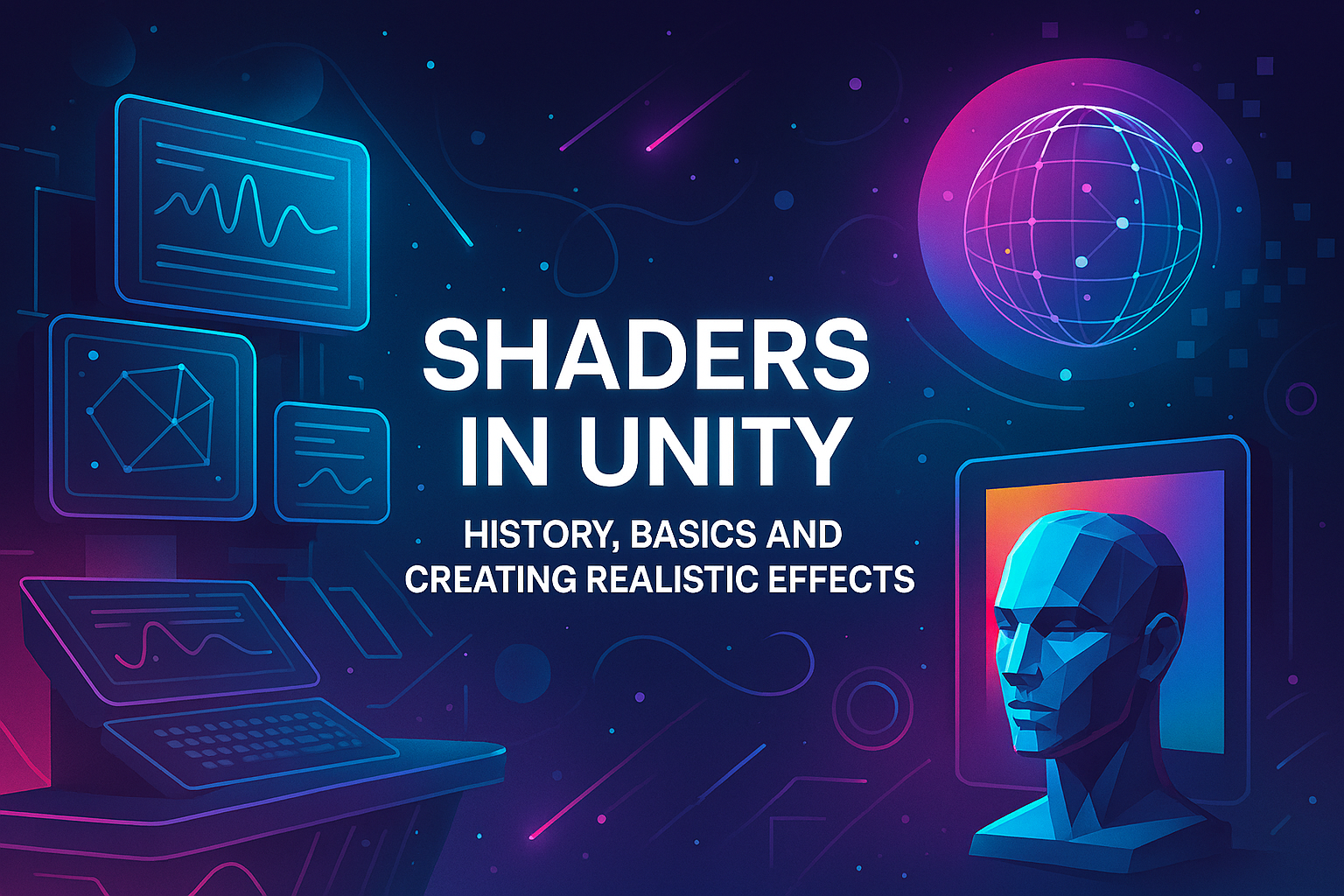
Shaders in Unity are a vital part of the visual design of games and applications, and understanding their principles opens the door to creating truly expressive, realistic or stylized worlds. To truly understand how shaders work in Unity, it is useful to dive into their history, theoretical basis, and then move on to practice - from the simplest examples to realistic real-time rendering.
History of shaders
The first video games did without programmable graphic effects: everything related to drawing was hardwired into the hardware. However, in the late 90s, it became possible to program the behavior of pixels and vertices during drawing. These were the first shaders. At first, they were quite primitive, but with the release of DirectX 8 and OpenGL 2.0, the industry received full support for vertex and fragment (pixel) shaders, and later - geometry, tessellation and compute shaders. Today, shaders are an integral part of any modern engine, including Unity.
Theory: what are shaders
A shader is a small program executed on a video card (GPU) that controls how objects will look on the screen. In a classic rendering pipeline, there are two main types of shaders:
Vertex Shader — processes each vertex of an object. It is responsible for positioning vertices in space (world, screen, camera), and can also pass data (for example, normals or UV coordinates) further along the pipeline.
Fragment (Pixel) Shader — is called for each pixel that needs to be drawn on the screen. This is where the final color of the pixel is determined, taking into account light, textures, transparency, normals, and other factors.
These two stages form the basis of GPU rendering. In more advanced cases, Geometry Shader (processes triangles and can create new vertices), Tessellation Shader (breaks geometry into small parts for anti-aliasing) and Compute Shader are added - a universal shader for non-graphical tasks, such as texture generation, particle physics, etc.
Shaders in Unity
Unity supports several ways to create shaders:
– Surface Shader - simplified syntax, automatically processes light, shadows and materials. Great for most standard tasks.
– Vertex/Fragment Shader (Unlit Shader) - full control over the pipeline, gives maximum flexibility, but requires more knowledge.
– Shader Graph - a visual tool for creating shaders without code. A great choice for artists and those who want to quickly experiment.
– URP and HDRP shaders — modern Unity rendering pipelines have their own features and shader templates, tailored for universal (URP) and high-quality (HDRP) rendering.
An example of the simplest Vertex/Fragment shader in Unity:
Shader "Custom/SimpleColor" {
Properties {
_Color ("Color", Color) = (1,1,1,1)
}
SubShader {
Tags { "RenderType"="Opaque" }
Pass {
CGPROGRAM
#pragma vertex vert
#pragma fragment frag
struct appdata {
float4 vertex : POSITION;
};
struct v2f {
float4 pos : SV_POSITION;
};
fixed4 _Color;
v2f vert (appdata v) {
v2f o;
o.pos = UnityObjectToClipPos(v.vertex);
return o;
}
fixed4 frag (v2f i) : SV_Target {
return _Color;
}
ENDCG
}
}
}This shader simply fills the object with the selected color, ignoring lights and textures.
Real-time rendering basics
In real-time, especially in games, everything needs to happen fast — typically around 60 frames per second, and even more in VR. This means that shaders need to process hundreds of thousands (or even millions) of vertices and pixels each frame. To achieve high performance, shaders need to be:
– short and optimized,
– use as few textures and operations as possible,
– avoid unnecessary conditions (if inside a pixel shader is evil),
– take advantage of the GPU as much as possible (e.g. through instancing, batching, and precomputed data).
Unity provides many built-in features, including shadow caching, Light Probes, LOD, occlusion culling — all of which reduce the load on shaders. But still, knowing the theory and understanding how the pipeline works allows you to create real miracles: realistic water, glass, skin, hair, fire, glowing elements, toon shading and much more.
Modern trends in shaders
– PBR (Physically Based Rendering) — shaders imitate the physics of light: reflection, refraction, scattering.
– SSS (Subsurface Scattering) — soft translucence (for example, skin or wax surface).
– Post-processing shaders — screens of effects like blur, bloom, vignette, chromatic aberration.
– Stylized shaders — imitation of a hand-drawn style, watercolor, pixel art, etc.
– GPU animations and shading — generation of waves, grass, effects on the vertices themselves.
Conclusion
Understanding shaders is the foundation for creating expressive graphics in Unity. This is the area where creativity and mathematics meet. It doesn’t matter if you’re an artist or a programmer, mastering the basics of vertex and fragment shaders will help you go beyond template visualization and make your game truly unique. Start simple, try things out, read other people’s shaders, experiment with Shader Graph — and soon you’ll be creating magic that works in real time.
Related games
Jungle Cars Trip Multiplayer - Invite your friends!
Game: Perform tasks and rest cool. 2145 people play!
Play gameElectron in the transistor-resistor kingdom
Game: Perform tasks and rest cool. 2552 people play!
Play gameRelated news
Shader Graph in Unity: The Complete Guide to Creating Shader...
Shaders are an essential part of any graphics-intensive application. Traditionally, shaders in Unity were created using...
Read moreOne Material - Many Textures: A Guide to Texture Array in Un...
Texture atlases and Texture Array in Unity are powerful tools for optimization and flexibility when working with texture...
Read moreRed Cross on Sprite in Unity Causes and How to Fix
A red crossed-out cross on a sprite in Unity is a visual indicator of an error, and most often it is associated with texture loading issues or incorrect material settings. Here are the main reasons why this may happen
Read more